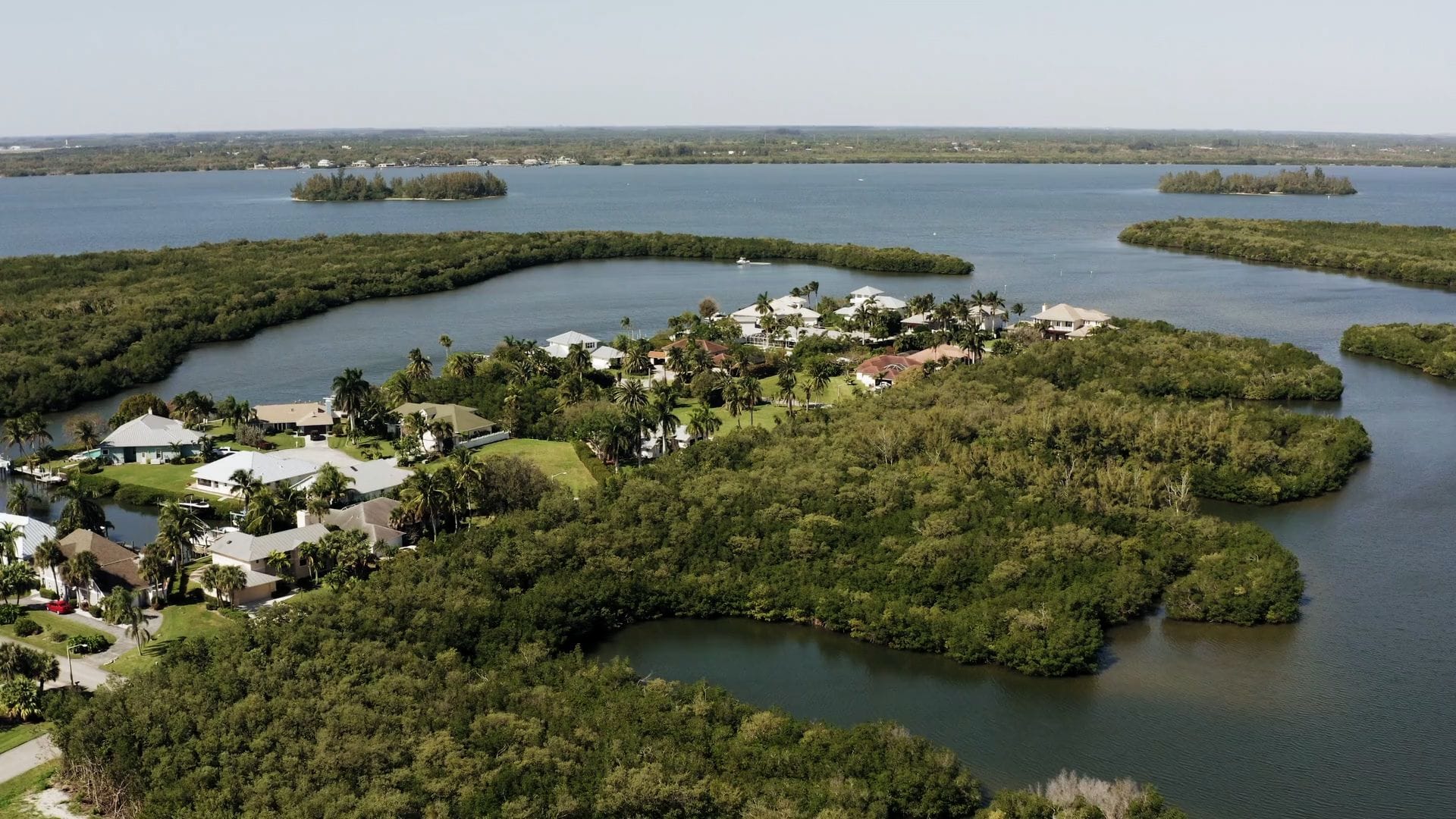

The platform collects all premium properties for rent and sale in a single place and provides an opportunity to search for properties all over the world in the local language.
TECHNOLOGY STACK
DJANGO
PYTHON
The founder of this global platform has been in the Top 1% of USA Real Estate Agents for 20 years and has completed hundreds of transactions. With this extensive background, he aimed to create a global property search platform. After two years of development, his team faced website performance challenges and was referred to us for our technical expertise.
Our mission was clear: to enhance platform efficiency and resolve the technical issues preventing the client from achieving a top position in search results.
What we like the most is that they think and plan ahead so there aren’t any emergencies. The biggest advice for new clients is to trust OTAKOYI’s vision and advice. They know what they’re doing and can foresee where things should go.

Anonymous
CEO, Real Estate Company
We began with a comprehensive project audit that assessed the process, technical aspects, and design. Recognizing that three key principles must guide the project to success — performance, usability, and content quality — we crafted a Development Roadmap, which was subsequently approved by the client.
With a set monthly budget for development, we focused on maximizing efficiency. This required a strategic adjustment to the team composition. Instead of retaining three frontend developers, we opted for one while adding a project manager, a team lead, and a part-time QA specialist. Additionally, we provided DevOps and UI/UX services as needed.
During the platform audit, we uncovered several valuable insights that clarified how to address our clients' issues.
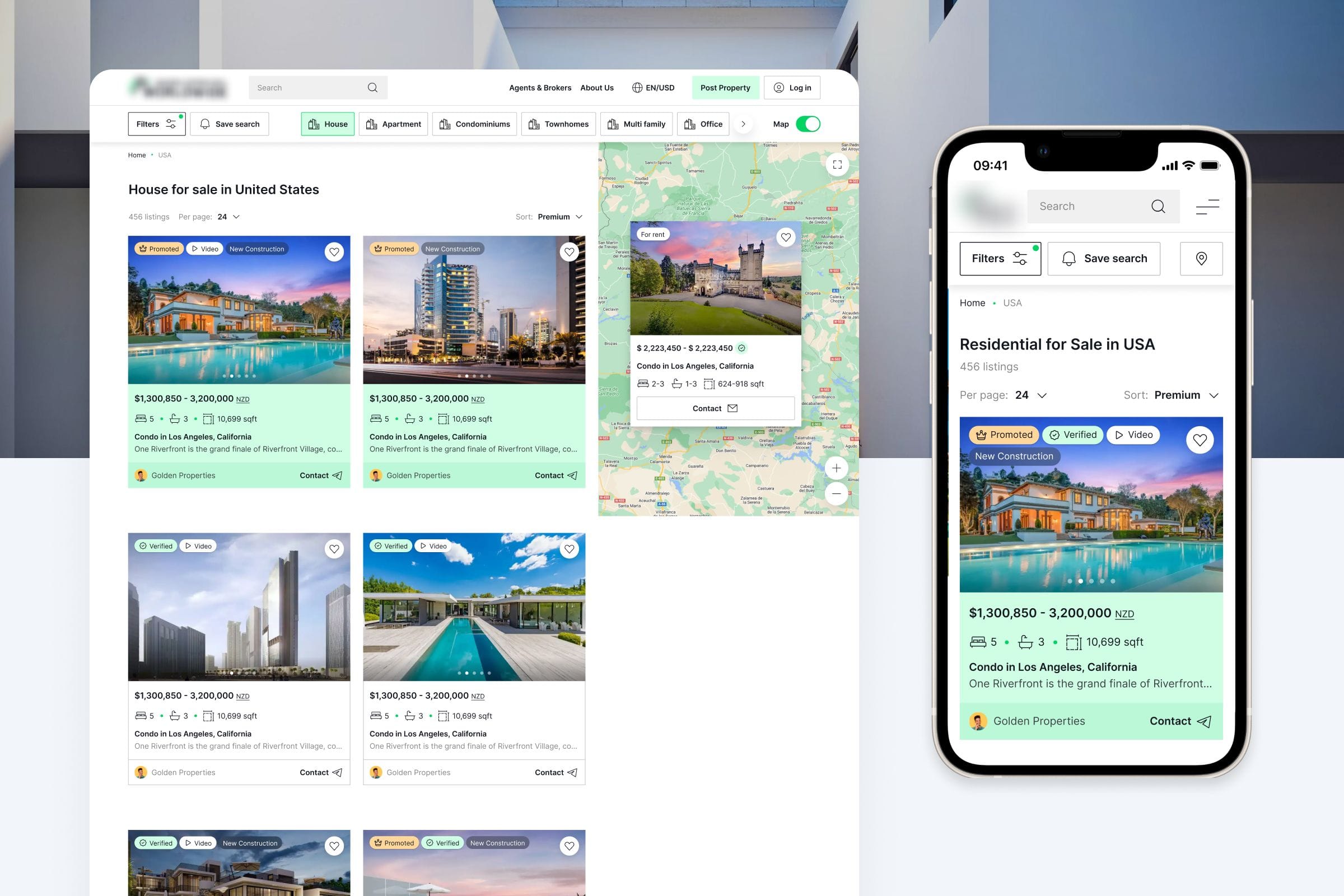
First and foremost, we established Software Development Life Cycle (SDLC), Software Testing Life Cycle (STLC), and SCRUM processes, integrating Dev, Stage, and Prod environments for deployment. This transformation enhanced efficiency and transparency for both the client and the team.
Additionally, we conducted a comprehensive rewrite of existing services to ensure the stability and speed of the website. Furthermore, we identified and addressed the root causes of all critical errors.

Our product design team created a new design for the client’s public website, featuring readable fonts and an appealing UI/UX. We also developed new platform components, including communication channels, a request management system, enhanced search and sorting options, a property information quality validator, and more. As a result, the platform became visually appealing and exceptionally user-friendly.
The existing logic for URL generation was handled on the client side, leading to inconsistencies and complications. URLs were generated dynamically, which often resulted in 400 errors due to issues with their processing on both the back-end and front-end. Additionally, meta tags were stored in JSON format rather than being integrated directly into the HTML, causing several problems:
This approach was inconvenient and hindered organic website growth. Our solution involved creating a new URL generation and processing mechanism from scratch, along with implementing an AI-driven system for generating meta tags for all URL types and languages.
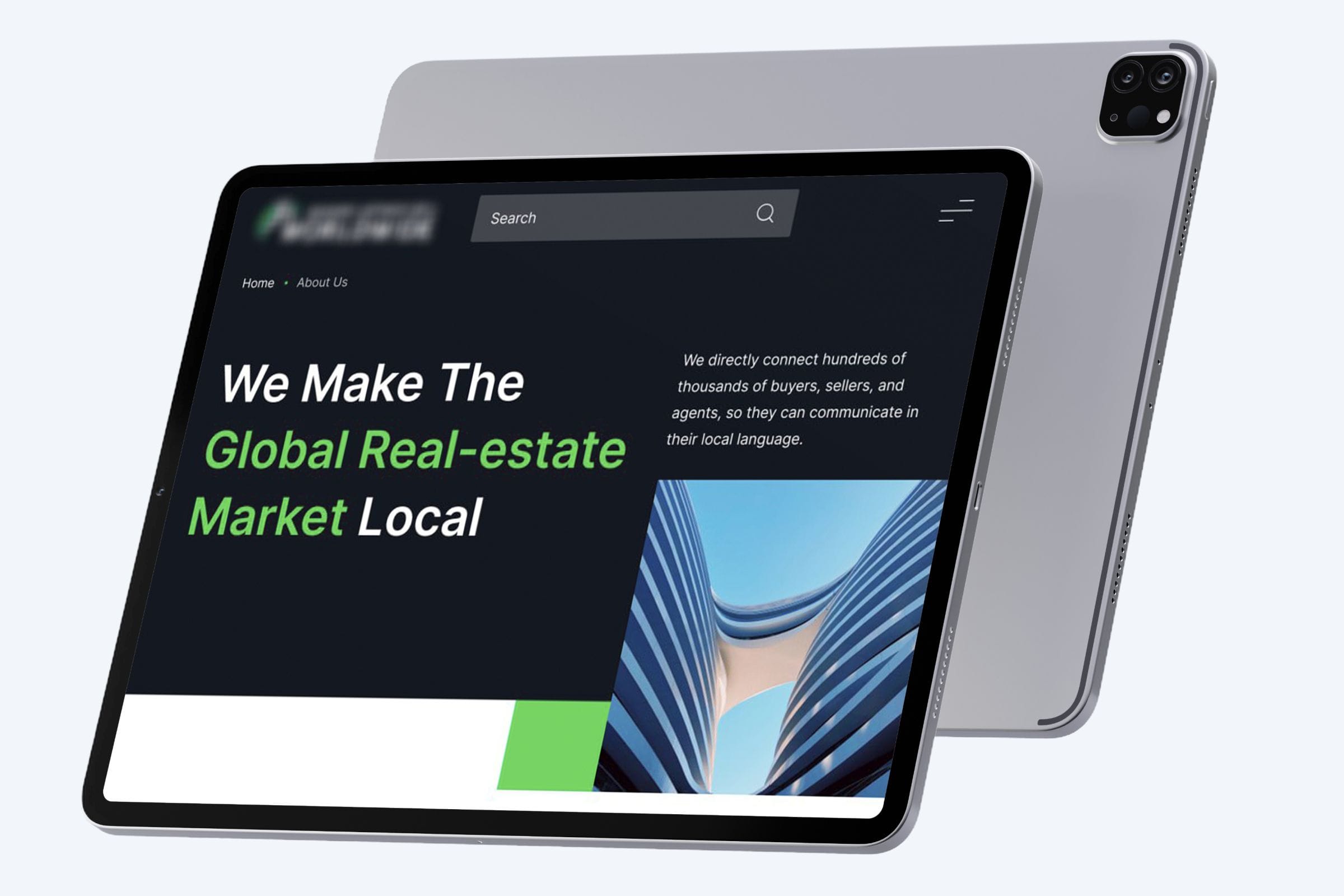
The platform’s backend was initially built using Django with PostgreSQL as the primary database. This setup was suitable for a quick MVP launch but SQL databases can experience performance degradation as they approach capacity, particularly in search and filtering operations.
During performance optimization, we realized that achieving response times better than 1 second would require significant infrastructure upgrades. Additionally, typical queries, such as reading 24 properties from the properties table without joins and applying filters, took about 600 milliseconds.
To address these issues, we decided to migrate the listings (properties) database to MongoDB and Elasticsearch. This migration allowed us to achieve average listing response times of approximately 25-35 milliseconds.
Given the client's extensive SEO efforts and numerous webpages, we engineered a tool to facilitate the comprehensive management of metadata and descriptions for every page type on the website.
This tool dynamically generates unique, human-like content and translates it into over 20 languages. Leveraging a repository of snippets, the content is tailored to specific entity types such as country, region, page, property type, or attributes, ensuring optimized SEO performance.
The existing system only allowed users to send emails to agents. To enhance communication capabilities, we have developed a new module with the following features:
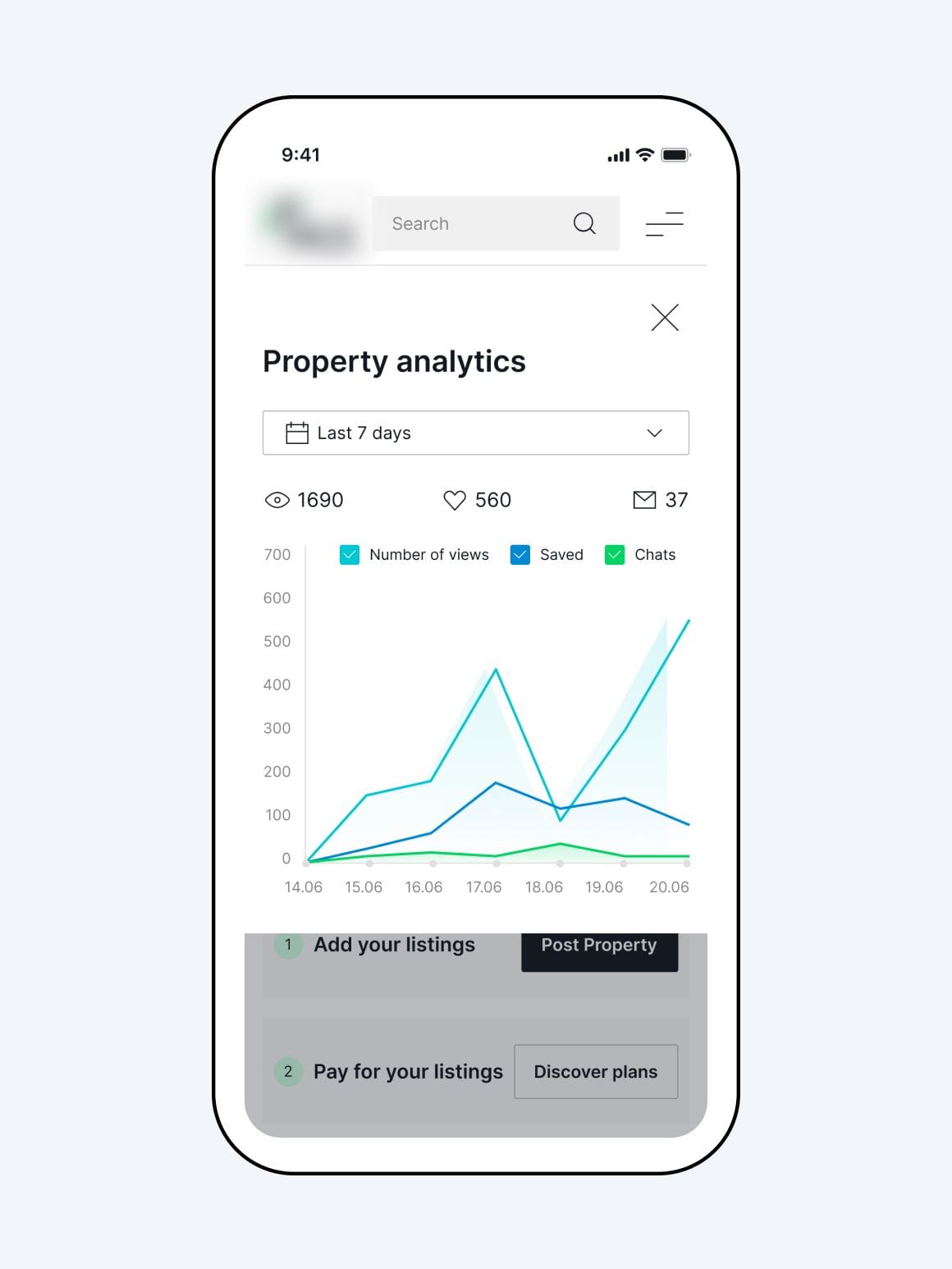
At a certain point, the client was ready to integrate monetization features into the website. Real estate agents were given the ability to promote properties prominently across various page types, including home, country, city, and more.
We are also developing a feature for agencies, allowing real estate agencies to join the platform, manage their agents, and access detailed statistics and reports.
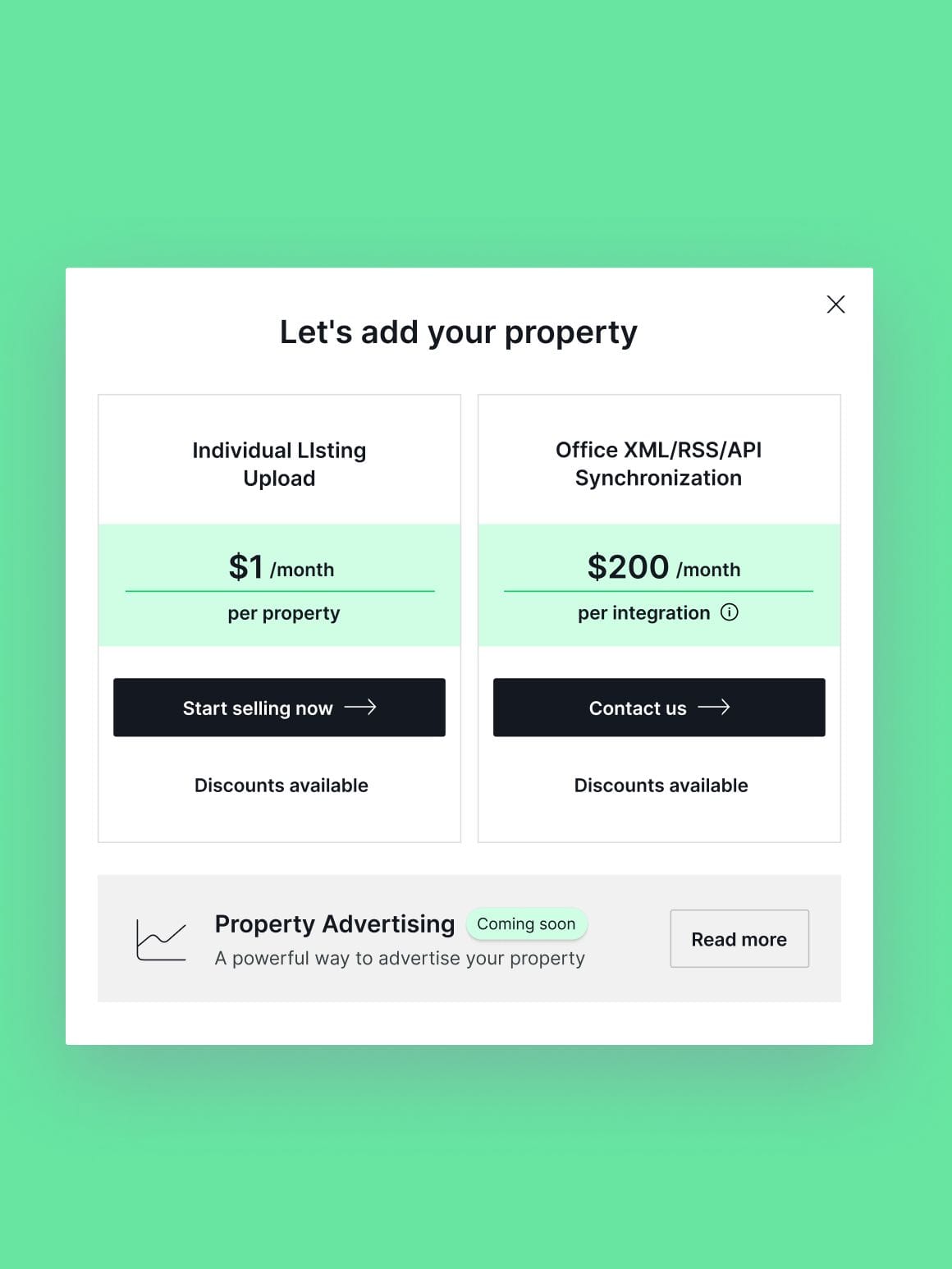
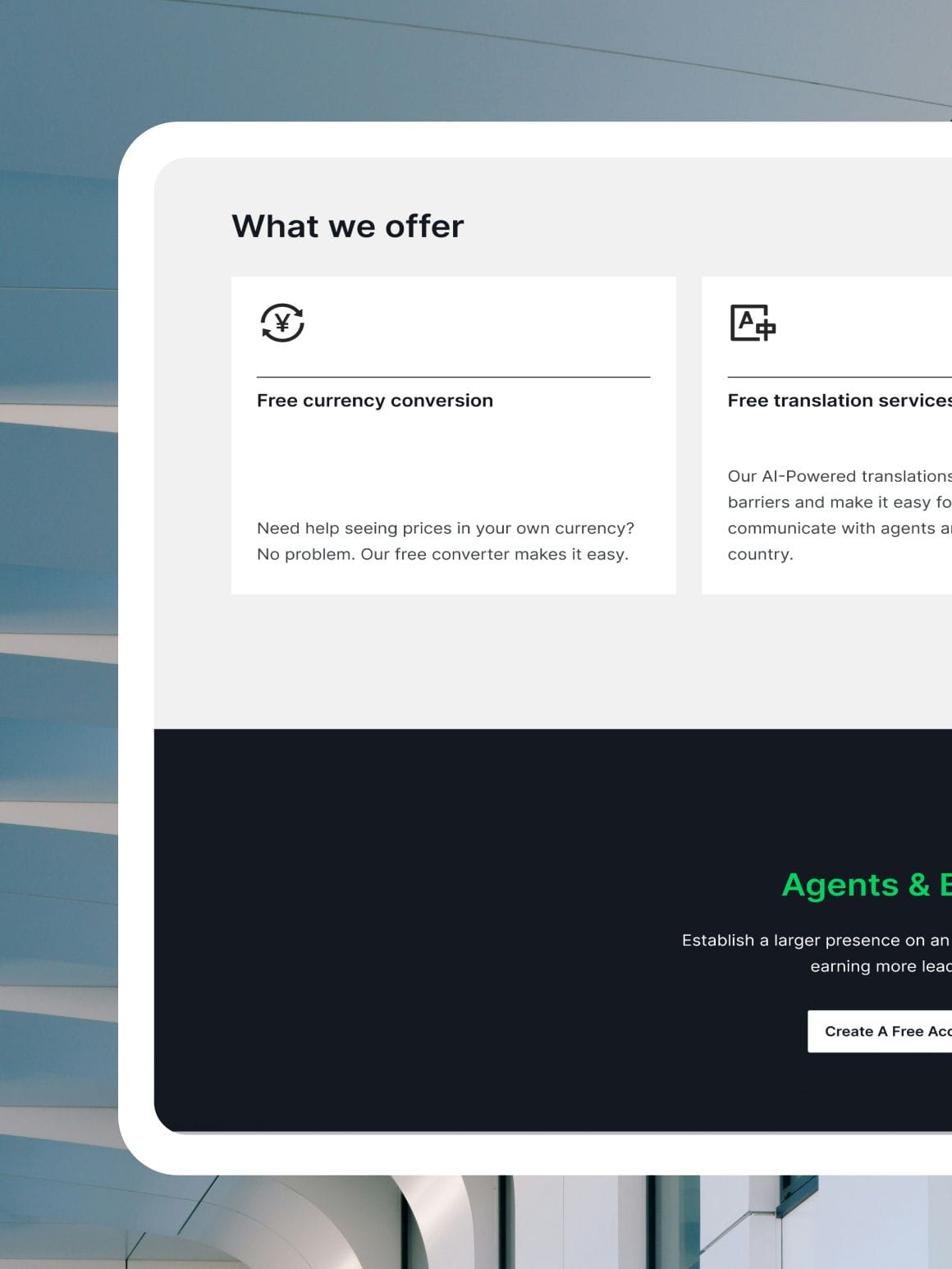
The application generates weekly reports detailing the number of properties, requests, and user activity, segmented by various criteria. Agents can analyze statistics on property views and applications over the past 3, 7, 14 days, or 3 months and track their personal performance.
This project is one of my favorites in our portfolio due to its incredible before-and-after impact. Working with the client has been a pleasure, and our collaboration has evolved into a true partnership built on mutual trust. We did our best to make the client’s platform technically stable and capable of generating clients and revenue to support further improvements. Looking back, I feel proud of our team’s work and thankful to the client for choosing us and placing trust in our expertise.
We have a proven track record of building high quality solutions for customers all over the world.
The key to a successful project is a strong business idea backed by real market need, a solid tech solution, and a clear go-to-market plan.
